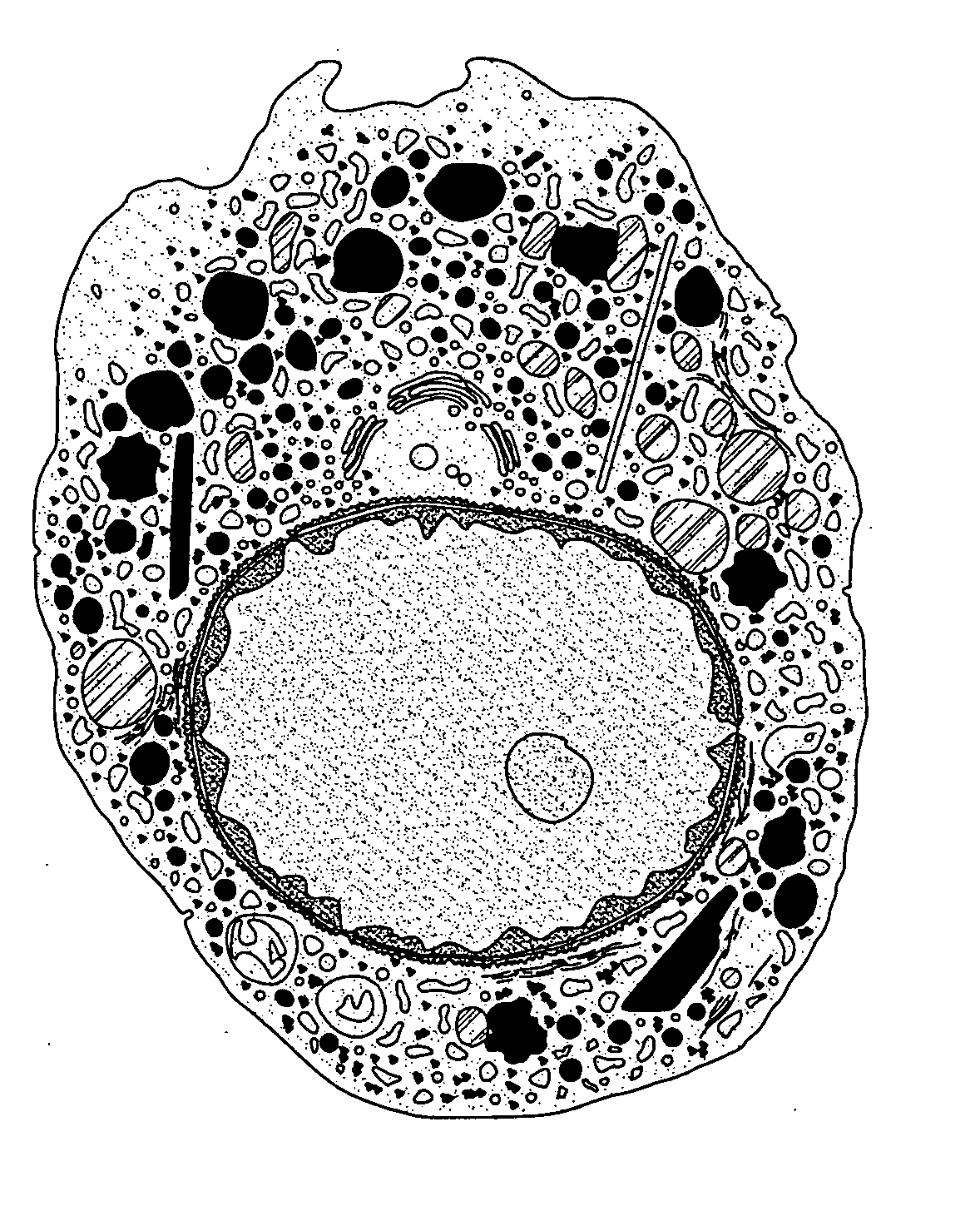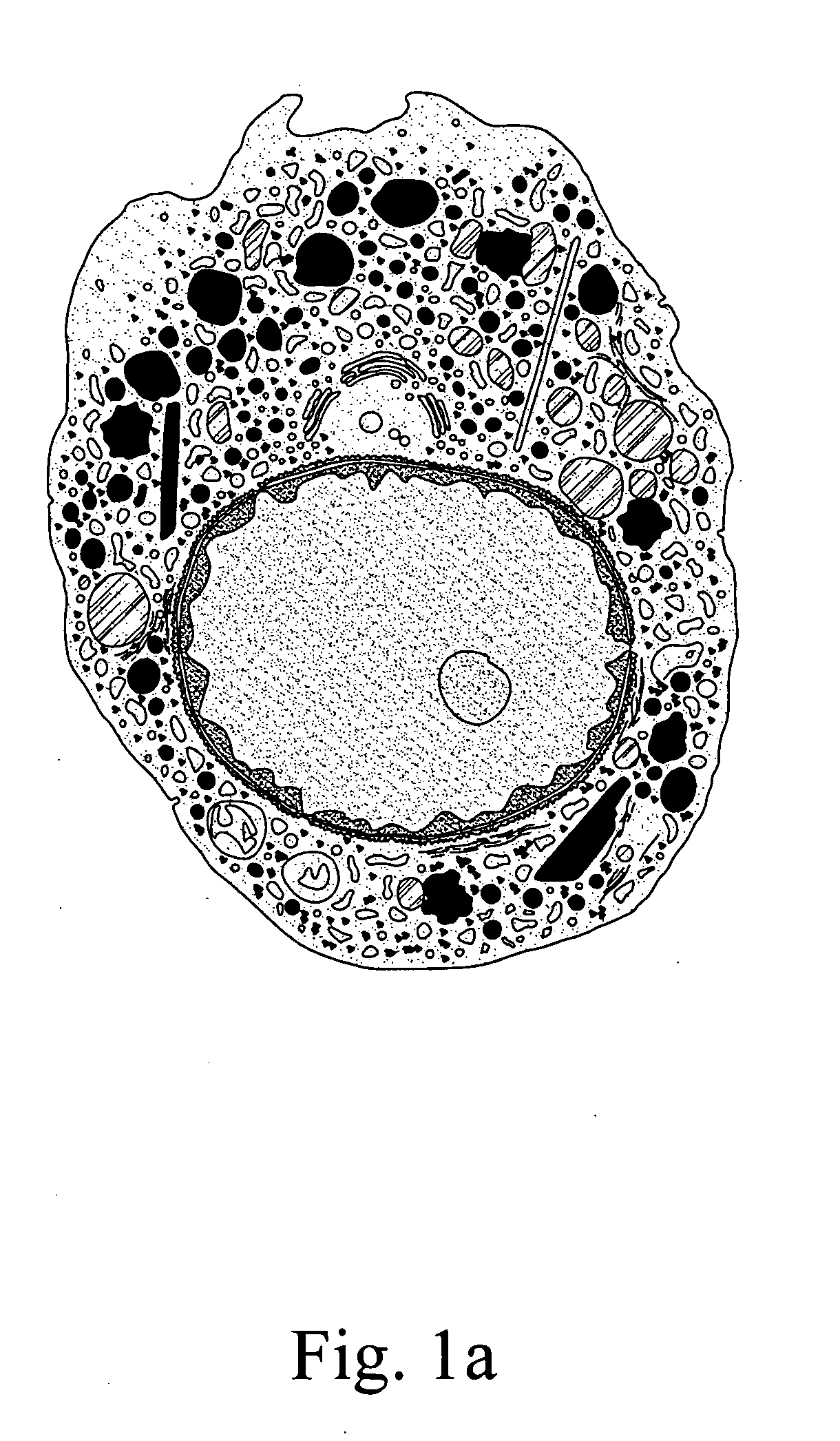Method to control dengue viruses in humans by picolinic acid and derivatives thereof
a technology of dengue virus and picolinic acid, which is applied in the field of pharmaceuticals, can solve the problems of high morbidity, difficult identification of individual family members using these tests, and high morbidity
- Summary
- Abstract
- Description
- Claims
- Application Information
AI Technical Summary
Benefits of technology
Problems solved by technology
Method used
Image
Examples
example 1
Evaluation of Antiviral Activities of Picolinic Acid and Fusaric Acid Against Human Hepatitis C Virus
[0108]The sequence of the HCV genome shares several features with other positive (+) strand RNA viruses. HCV is most like members of the Flaviviridae in that the genomes of Flaviviridae, dengue fever virus, and yellow fever virus, have similar organization and have common features with HCV. They have a similar genome size to HCV (yellow fever virus: 10862 bases (Ruce et al., 1985) and compared with 9379 of G+HCV (Coho et al, 1991)). Certain features of HCV are shared with Pestiviruses. Structurally, HCV is more like the pestiviruses than the flaviviruses. The difference is related to extensive glycosylated proteins in the virus envelope, in contrast to flaviviruses envelope glycoproteins that contains a few sites for N-linked glycosylation. The genome of HCV is single-stranded RNA of positive (protein coding) polarity. The genomic RNA of positive-strand RNA viruses is Infectious.
[010...
example 2
Antiviral Effects of Picolinic Acid and Fusaric Acid on Sindbis Virus Replicons
[0113]Sindbis virus has been designated as the prototype Alphavirus and belongs to the Togaviridae family. Sindbis is a positive-single stranded DNA virus related to HCV.
[0114]Here we determine the effects of Picolinic acid and Fusaric Acid on Sindbis replicon in Huh7B / Sindbis cells. The Sindbis replicons were studied by qRTCPCR / iCycler. Normalization by OD and serial dilutions were done in the untreated cell line. The experimental design was as follows: cells were grown in 12 well cell culture plates; the compounds interaction was done for 24 hours; at extraction, cell confluence was 75%; and RNA was extracted using Qiagen Rneasy extraction kit.
[0115]Table 3 shows the Sinbis Replicon data for both picolinic acid and fusaric acid at various concentrations. The results show greater than 90% inhibition of Sindbis replicon at all concentrations of picolinic acid. By OD, no overt cytotoxicity was observed. Fu...
example 3
RESULTS OF EXAMPLE 3
[0121]HepG2.2.2.15 cell line was created by transfection of full-length HBV genome into HepG2 cells, and continuously secreted HBV virions into the medium. This cell line is the prototype cell line used in studying the efficacy of antiviral compounds against HBV Infection.
[0122]To study the antiviral activities of PA and FA against HBV, HepG2.2.15 cells were incubated with increasing concentrations of test compounds for 9 days with medium change daily. At day 9, the medium containing secreted HBV virions was collected and used for extraction of extracellular virus DNA. The cells were lysed by 0.5% SDS and used for extraction of intracellular virus DNA. DNA was extracted using Qiagen column and then quantitatively detected by real-time PCR assay. The results showed that PA at concentrations of 250 ug / mL inhibited released HBV DNA by 72.3% and intracellular HBV DNA by 79.4% with overall EC50 of approximately 139 ug / mL, see Table 5. FA at concentration of 60 ug / mL i...
PUM
| Property | Measurement | Unit |
|---|---|---|
| Structure | aaaaa | aaaaa |
| Therapeutic | aaaaa | aaaaa |
| Antimicrobial properties | aaaaa | aaaaa |
Abstract
Description
Claims
Application Information
 Login to View More
Login to View More - R&D
- Intellectual Property
- Life Sciences
- Materials
- Tech Scout
- Unparalleled Data Quality
- Higher Quality Content
- 60% Fewer Hallucinations
Browse by: Latest US Patents, China's latest patents, Technical Efficacy Thesaurus, Application Domain, Technology Topic, Popular Technical Reports.
© 2025 PatSnap. All rights reserved.Legal|Privacy policy|Modern Slavery Act Transparency Statement|Sitemap|About US| Contact US: help@patsnap.com



